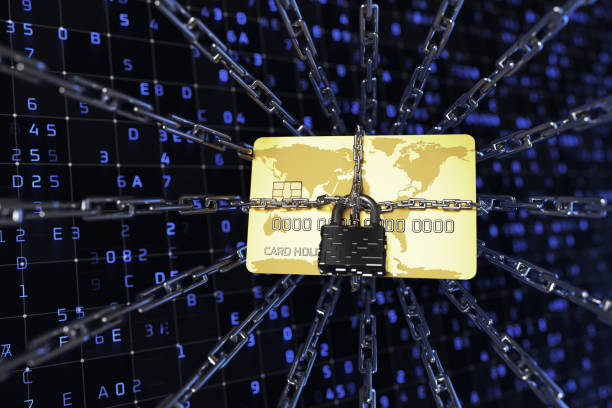Blockchain technology is a distributed ledger that maintains a continuously growing list of records, called blocks, secured from tampering and revision. In the banking sector, blockchain technology is used to streamline processes, increase transparency, and reduce costs.
One of the primary uses of blockchain in banking is for cross-border payments. Banks can use blockchain to securely transfer money from one country to another in real time, bypassing the need for intermediaries, reducing the time it takes for a transaction to be completed, and reducing the costs associated with traditional cross-border payment methods.
Another use case for blockchain in banking is for trade finance. Blockchain technology can be used to track the movement of goods, from the point of origin to the point of delivery.
This helps to reduce the risk of fraud, increase efficiency and speed, and provide a secure and transparent record of transactions.
Blockchain technology can also be used in the banking sector for know-your-customer (KYC) and anti-money laundering (AML) processes.
This helps banks quickly and securely verify the identity of their customers, reducing the risk of fraudulent activity and improving the overall customer experience.
Another potential use case for blockchain in banking is for digital assets. Banks can use blockchain to securely manage digital currencies and other assets, reducing the risk of theft and improving the overall security of these assets.
Finally, blockchain technology has the potential to be used in the banking sector for creating decentralized, peer-to-peer financial systems.
This can help to increase financial inclusion and provide banking services to people who have previously been excluded from traditional banking systems.
In conclusion, blockchain technology has the potential to revolutionize the banking sector. By streamlining processes, increasing transparency, and reducing costs, blockchain technology can help to create a more efficient, secure, and accessible financial system for everyone.

